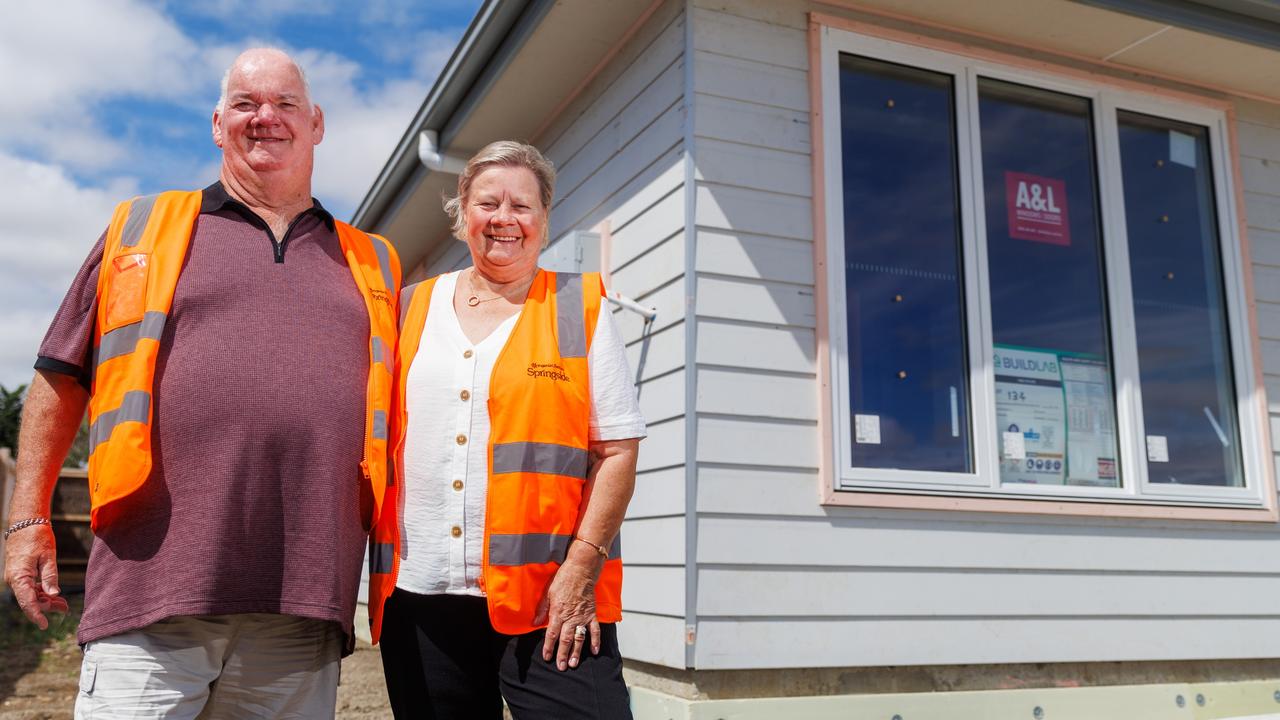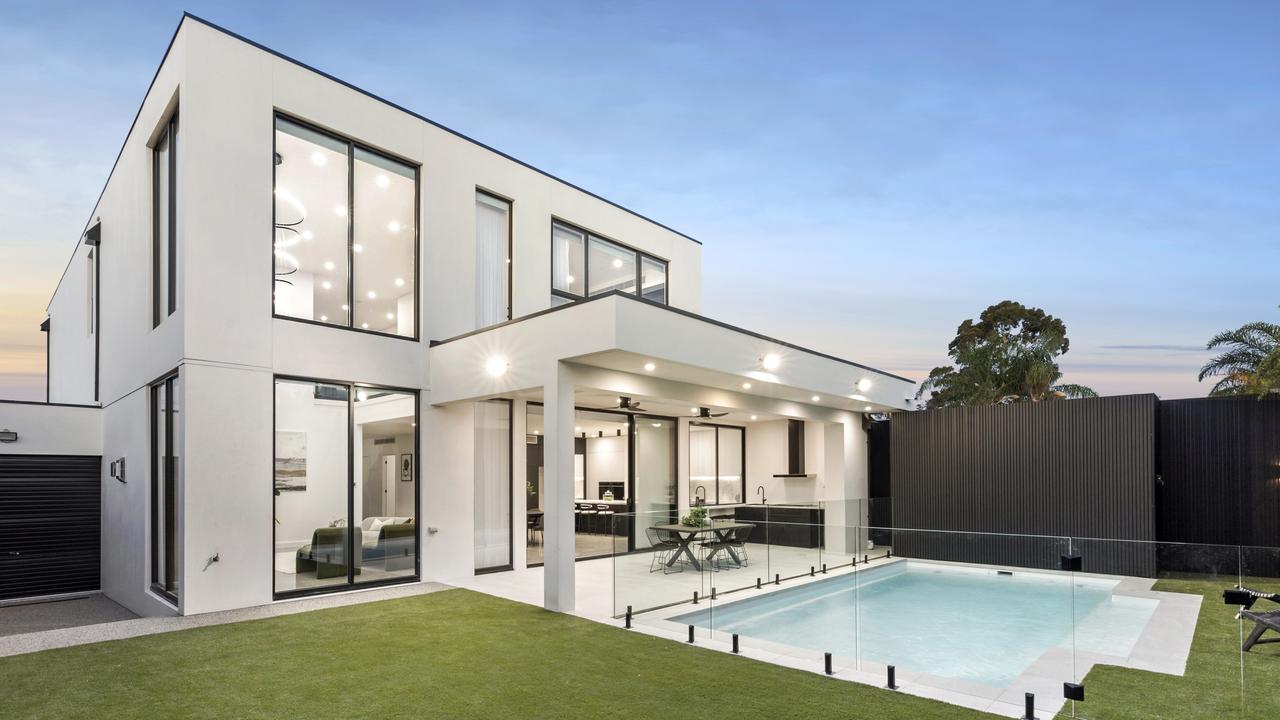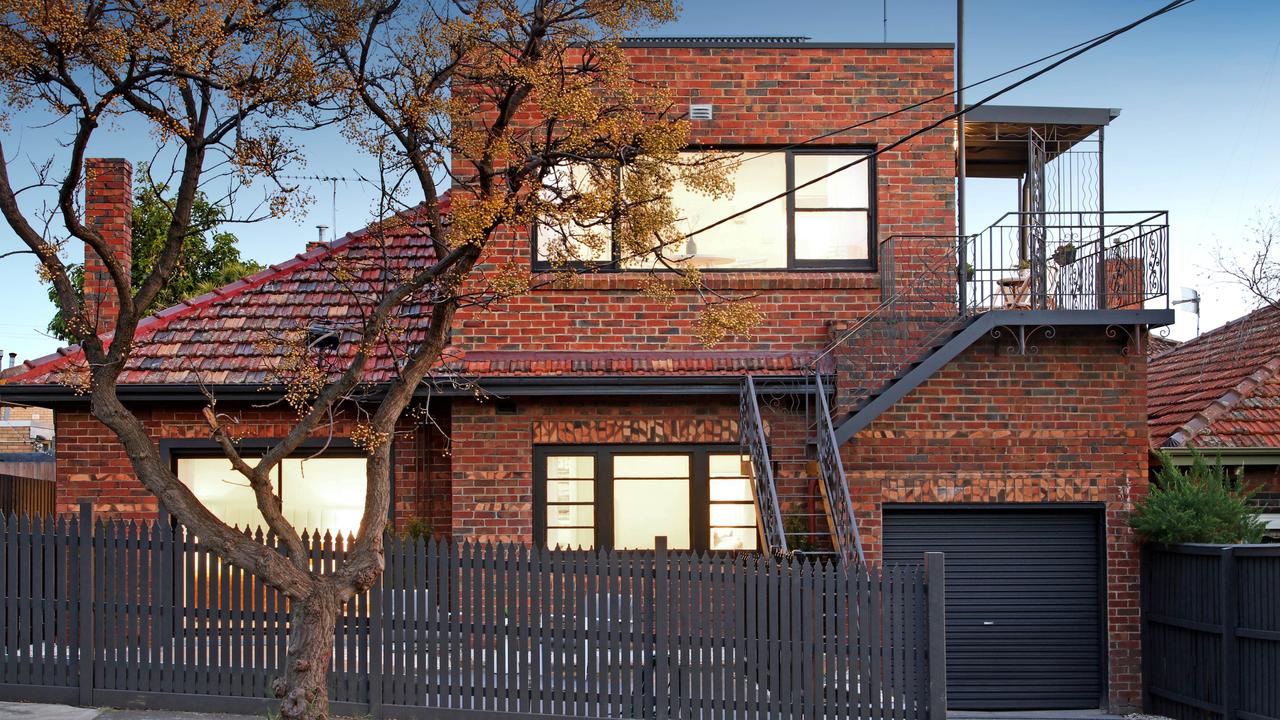Home recycling: Victorian homes being sold for next to nothing, if you pay for their relocation
An often overlooked part of Victoria’s building industry is getting people into homes for $200,000 less than it normally costs to build them. And there are calls for the government to incentivise it.
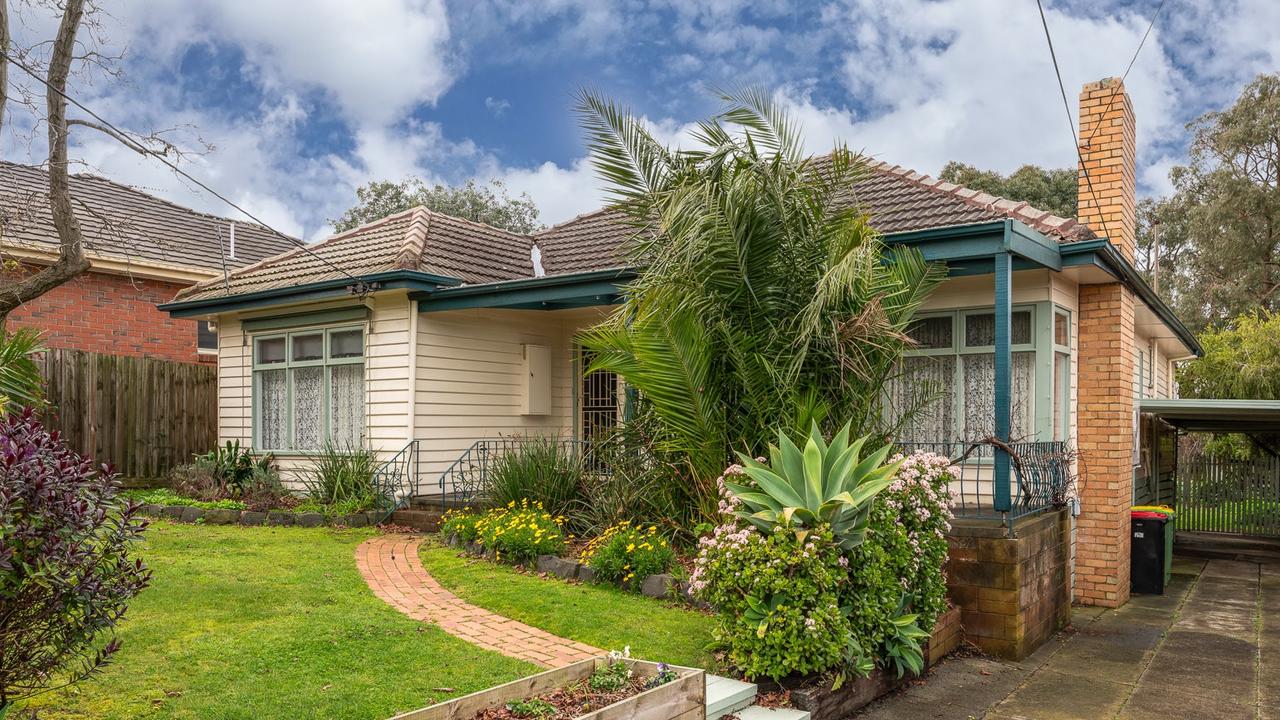
Victorian families are offering homes for sale for as little as $5000, for anyone willing to come and collect them.
And the unusual offer has sparked calls for the government to do more to promote and even incentivise recycling entire houses, with the process taking just a few weeks and typically costing hundreds of thousands of dollars less than creating a new one.
Housing Industry Association Victorian executive director Keith Ryan said with material shortages an ongoing issue for building new homes, and the government pushing to replace suburban houses with higher density residences — bringing in the bulldozer all the time seemed “silly”.
RELATED: The Castle house in Strathmore moving to Beechworth
Australia building targets: Why the nation is missing its ambitious 1.2 million homes goal
ASIC records 3000+ construction insolvencies in 2024: signs your builder could be next

“And with the government exploring ways to allow for second homes to be put on blocks of land, or onto blocks that are to be subdivided, it makes sense that they look at ways for them to make this feasible as well,” Mr Ryan said.
“It’s certainly a valid way to increase housing stock.”
Golden Age Homes relocation business operator Jonathan Morelli said his firm was doing half as many moves today than it used to, but noted there could be significant upsides to relocation in the midst of a housing affordability crisis.
“It won’t be a seven-star home, but people can’t afford that at the moment,” Mr Morelli said.
“Our estimate is that it’s about $200,000 cheaper than another new house of the same floor space.
“So if you are the kind of person who is happy to buy a second-hand car, this could be for you.”
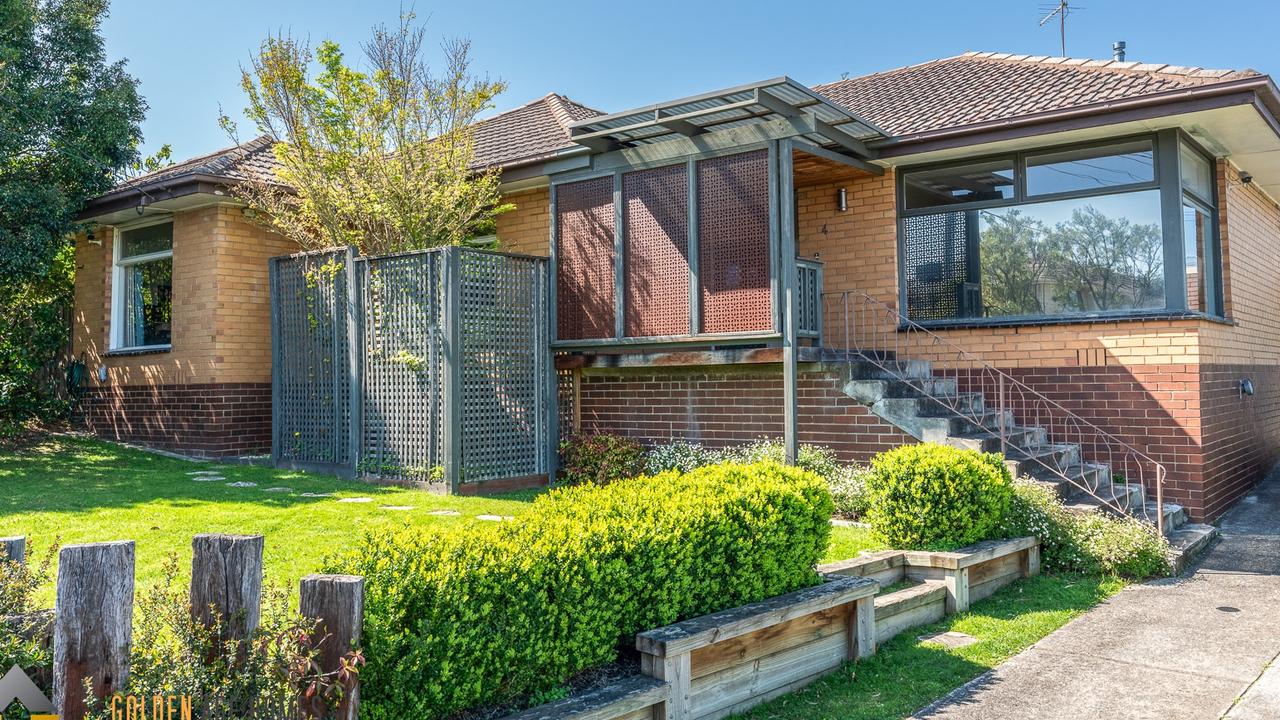
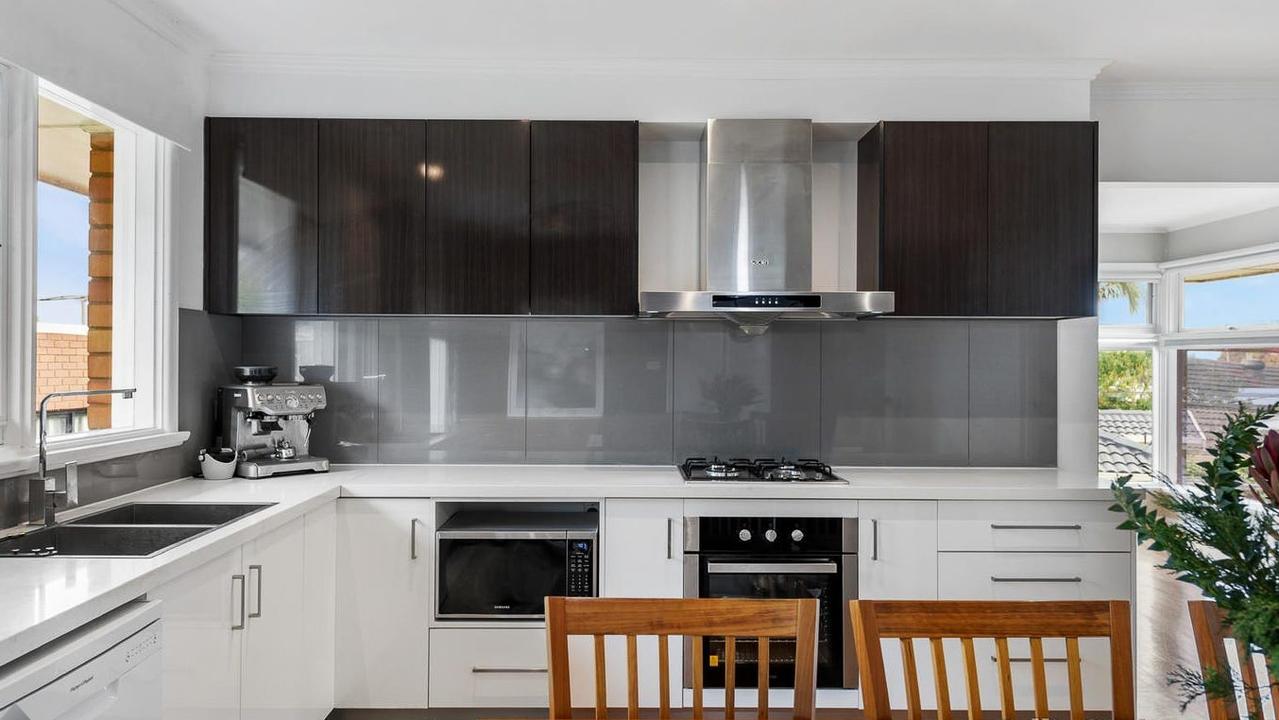
Latest Australian Bureau of Statistics figures show there’s an about $521,000 average build cost for a new house approved in Victoria.
But Mr Morelli’s firm and others are offering dozens of houses for relocation, with delivery inclusive, for $200,000 or even less.
Mr Morelli added that with the process also opening the possibility of retrofitting insulation in some scenarios, the relocated homes often ended up more energy efficient — and that relocating saved substantial amounts of building waste going to landfill.
Mr Morelli estimated that 90 per cent of homes they relocated went intobushfire zones, with the reduced price of getting a home onto a block in such areas an attractive point as insurance costs rose.
His firm has delivered houses to areas with bushfire attack level ratings as high as 40, the second-most dangerous areas homes are permitted to be built in across Victoria.
Afterwards, the home’s old weatherboards or brickwork is replaced with flame-resistant cladding.
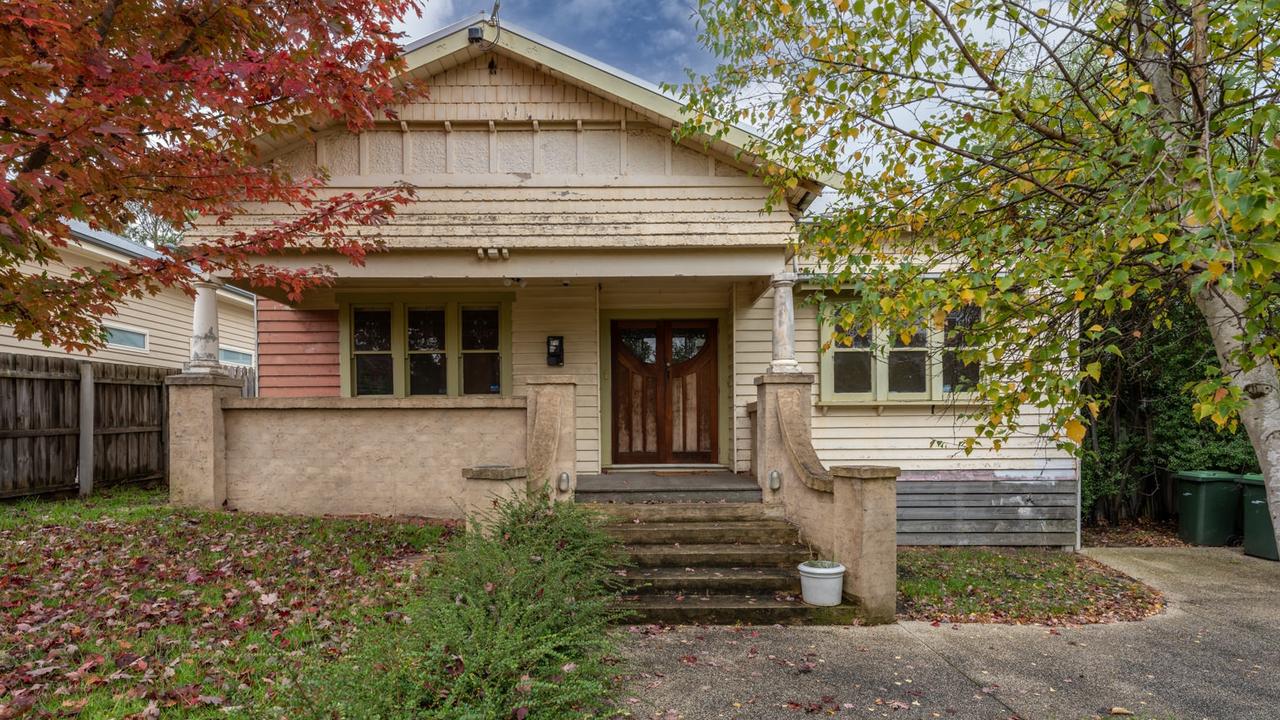
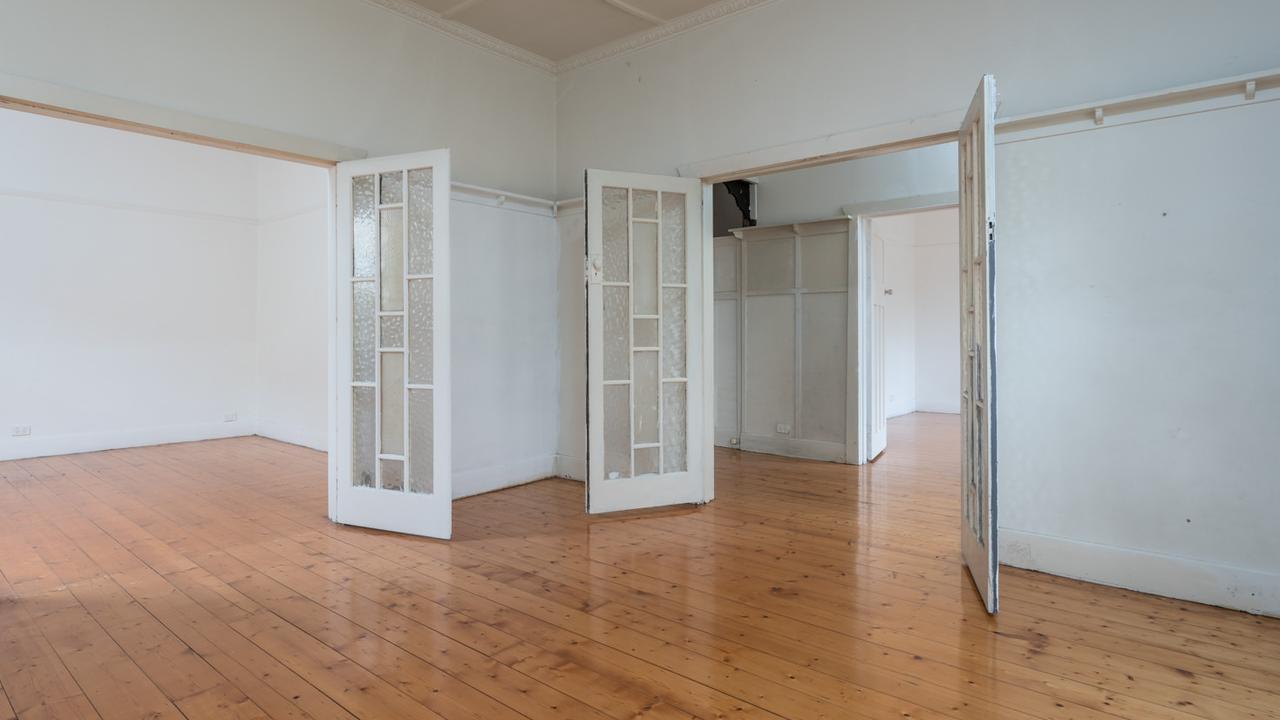
Banks are also now becoming open to lending for a home relocation, making it feasible for first-home buyers.
“Historically, if a first-home buyer said to the bank they wanted to relocate a home, the bank was saying ‘no way’,” he said.
“But it does look like that is changing and the banks are looking more favourable towards projects like what we do.”
Mr Morelli added that while in most cases they removed a home and saved the original owner the cost of demolition, where a property was in exceptionally good condition they would occasionally pay up to $40,000 for it.
Moving Views operator Carmen Schembri said her firm sourced homes from across Melbourne, but many today were coming from more affluent areas including Prahran, Camberwell, Williamstown and Essendon — where people could still afford to build a new residence.
Ms Schembri said that while activity had dropped off in recent years, her firm had moved more homes in the past six months than they had in the prior 12.
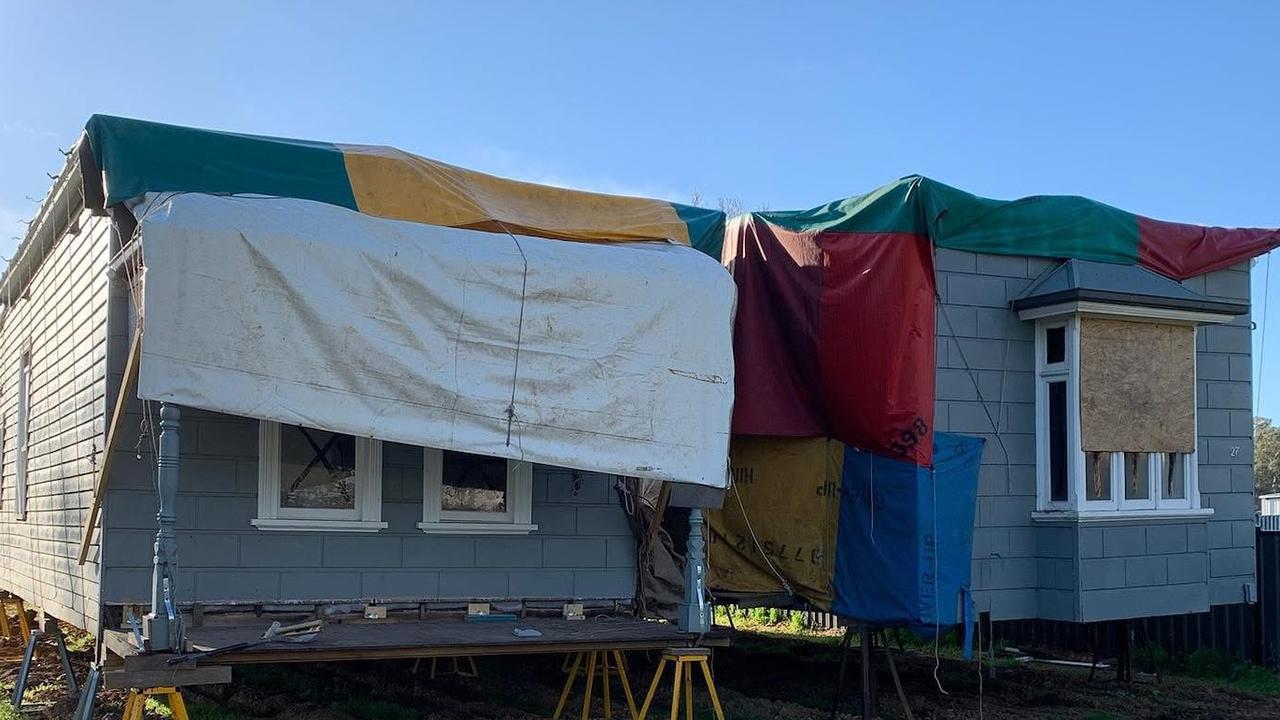
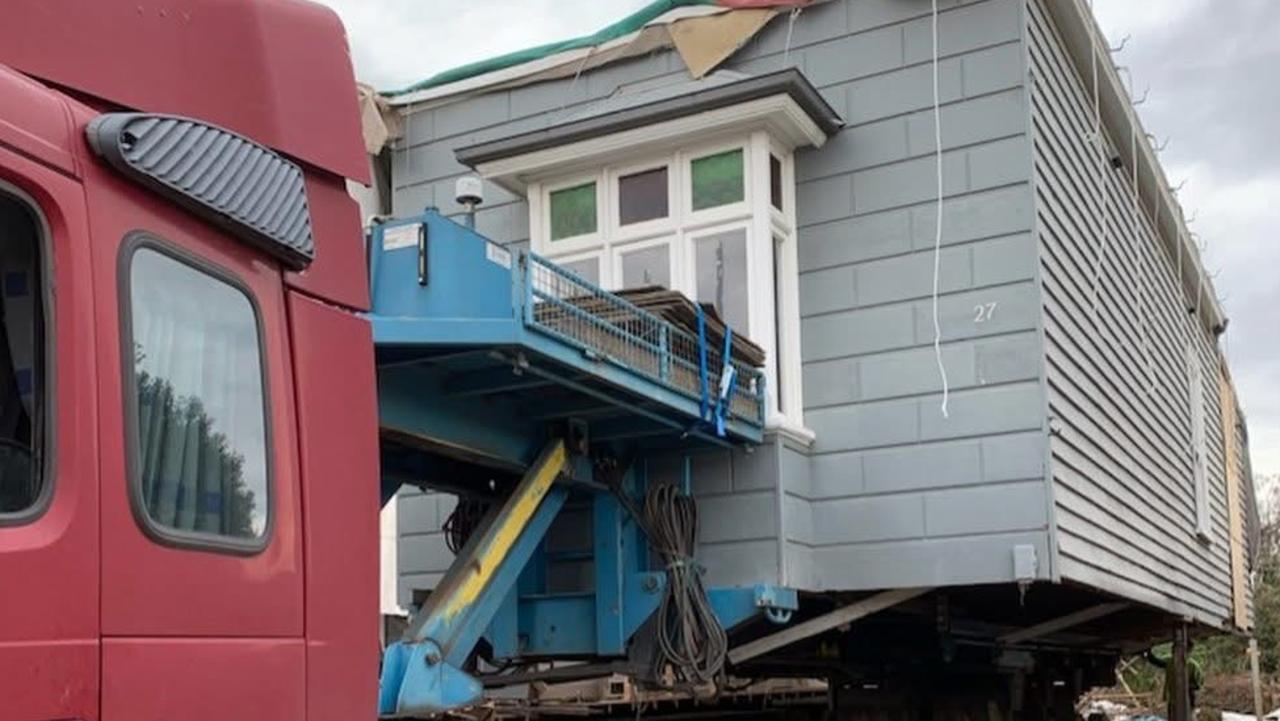
She added that with a high proportion of relocated homes being classics such as California bungalows and art deco residences that would otherwise be bulldozed, the process was also saving a piece of the state’s housing history — and taking advantage of building materials that had been chosen to last 100 years or more.
However, Ms Schembri said it was worth noting many councils would not permit a relocation to a new housing estate — which was potentially limiting the use of the concept.
“Some people are finding they are being forced to sell their block of land, because they now can’t afford to build — but if they could relocate a home there, they could then afford it,” she said.
Ms Schembri said most of those paying to relocate a house wanted it for a holiday home on a regional property, but they were increasingly encountering young couples looking to escape the rental market — many of them located around Geelong, Bendigo and Ballarat.
Kirby Architects director Kirby Roper said while relocation could save owners anywhere from $30,000-$60,000, that could be put back into construction, it was not seen as the most straightforward option by many builders, so demolitions were more prevalent.
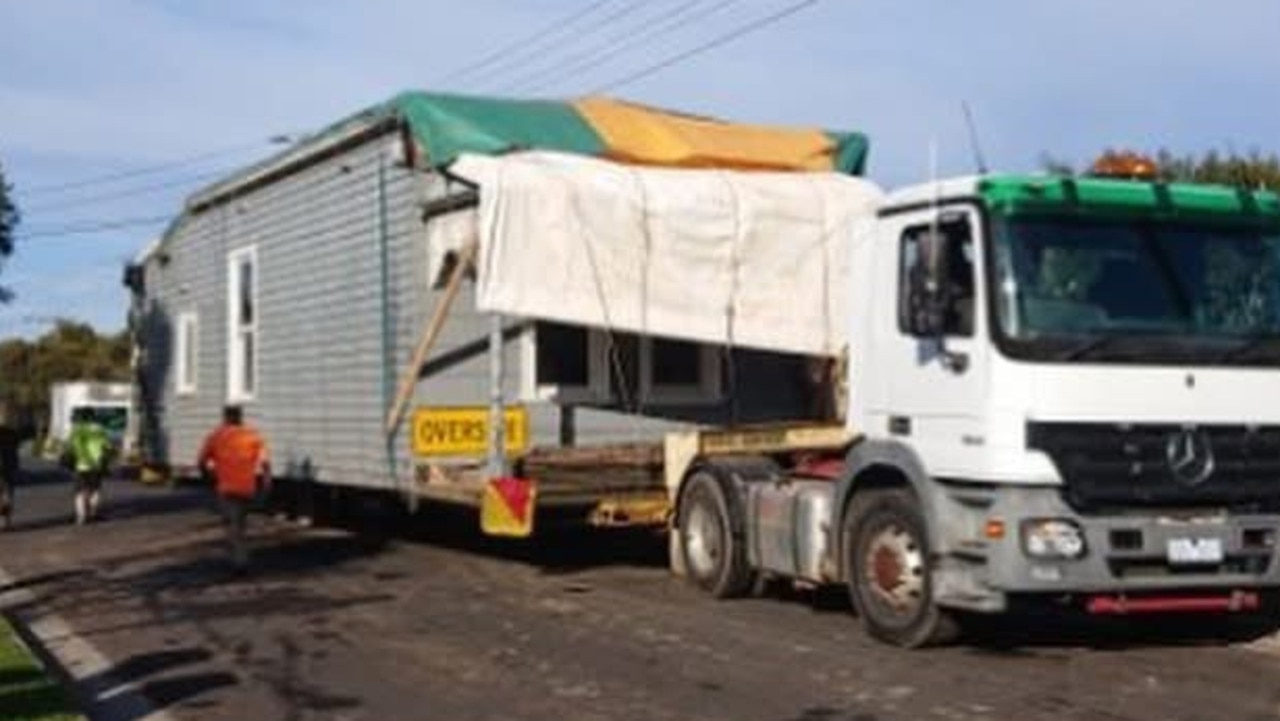
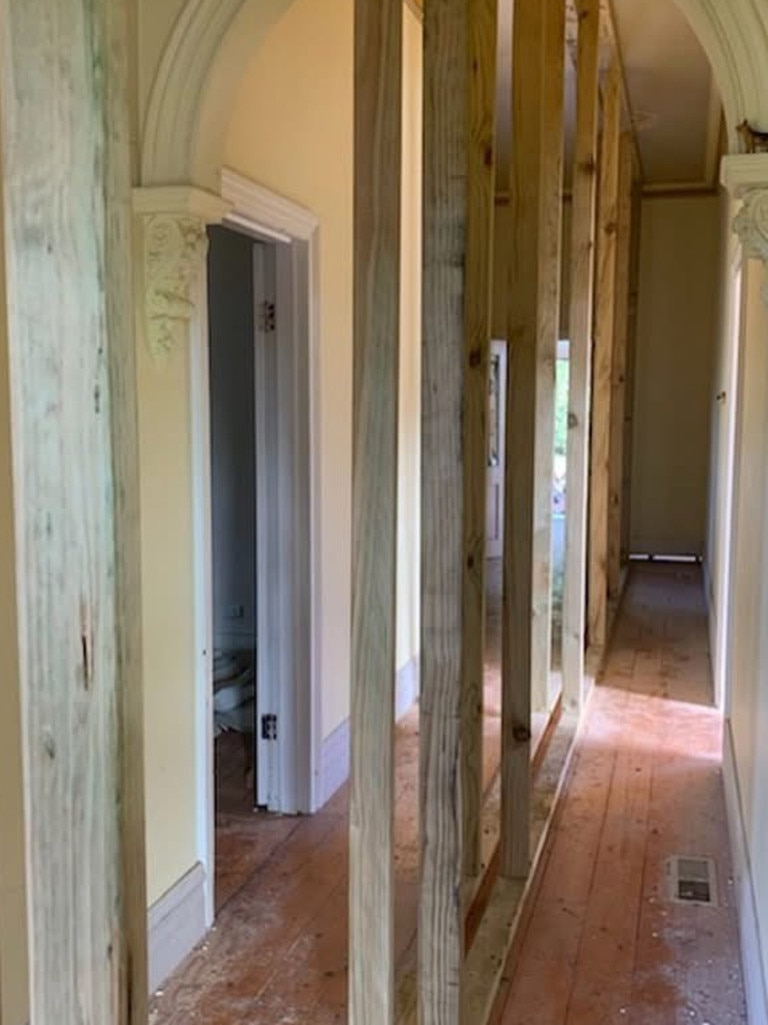
Ms Roper said while the quality of the home needed to be assessed, and efforts to make it more thermally sound would also need to be made, relocating homes was a “highly beneficial option”.
“Government grants for such upgrades could be a more efficient use of public funds, enabling 10–15 relocation upgrades for the cost of one new build,” they said.
“Additionally with increasing shortages of materials like steel and seasoned hardwoods, the market for recycled building materials is poised to grow.”
Noting that “extensive research” by architects had demonstrated “significant value in existing buildings”, Ms Roper said one of the major hurdles to relocating and renewing existing homes was a shortage of tradies and builders with the necessary skills.
“Upskilling within the building industry is needed, but as it stands, there’s limited infrastructure and motivation to support this,” she said.
HOW HOMES ARE RELOCATED
– Stumps beneath the existing home are measured and corresponding holes drilled at the new home site;
– The roof of the home is dismantled, as this cannot be transported intact without risk of hitting power lines;
– The front door, back door and any weatherboards that would be impacted by the cutting process are removed;
– Brick homes have the masonry removed, with new cladding added to the home at the other end — a process often used when relocating homes to areas with bushfire risk;
– The home’s structure is carefully cut into pieces, and temporary walls installed to ensure it is structural sound during transport;
– House is raised on hydraulic jacks, off of the existing stumps, and a truck reversed beneath it;
– The home’s segments are driven to their new address, and the various parts lowered onto new stumps;
– The home is rejoined, with hardwood timber used to connect the segments from stump to stump, while the ceiling is reconnected with additional hardwood timber to reinforce it;
– At this stage the roof is put back in place
– At this point some operators are licensed to continue remediating the home, others must stop here;
– Further works required will include connecting plumbing and electrical services, replastering and painting.
Sign up to the Herald Sun Weekly Real Estate Update. Click here to get the latest Victorian property market news delivered direct to your inbox.
MORE: The suburbs across Australia where homes are selling out faster
Rental crisis: Victoria loses more than 24,000 rental homes as investors flee the state
Triple J Hottest 100 stars spend millions on property across Australia
Originally published as Home recycling: Victorian homes being sold for next to nothing, if you pay for their relocation

